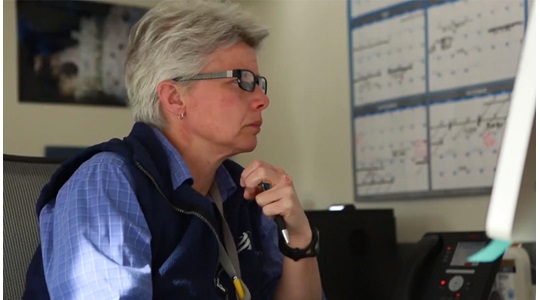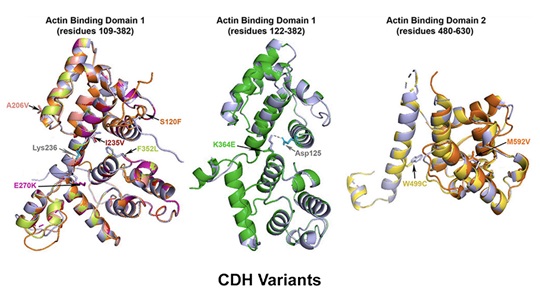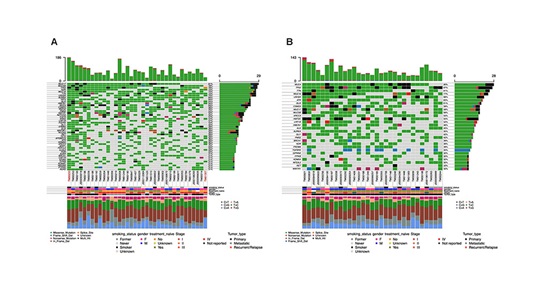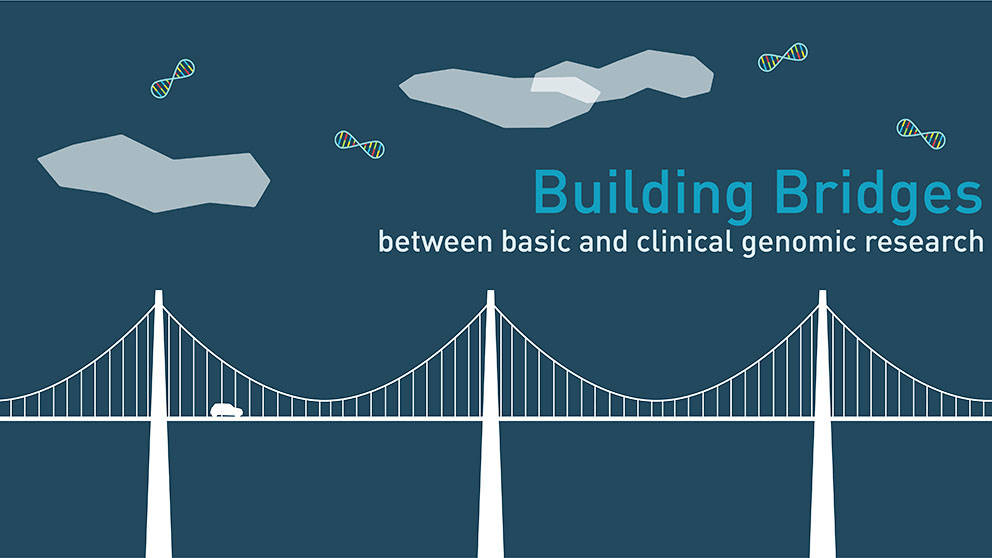The Bult Lab
Bridging the digital biology divide, integrating computation with biomedical research.
Principal Investigator
Location
Topics
our research focus
Integrating sequence and biology in the Mouse Genome Informatics (MGI) database
I am a principal investigator in the MGI consortium at The Jackson Laboratory. The mission of MGI is to build information systems that facilitate the use of the mouse as a model system for understanding human biological processes and disease through the integration of diverse genetic and genomic data. Within MGI, my group has as its mission to connect mouse sequence data with the wealth of biological knowledge about mouse genes available in the MGI database. We accomplish our mission by:
- Curating associations between sequences and genes;
- Building a complete and non-redundant catalog of mouse genes;
- Associating genes in MGI with relevant data in external databases;
- Supporting sequence-based queries of MGI using our customized MouseBLAST server; and
- Supporting the generation of customized data sets of sequences using biologically meaningful criteria (e.g., "Return all protein sequences for genes on Chromosome 2 that have been annotated as transcription factors").
Full Scientific Report
The Mouse Tumor Biology (MTB) database
The MTB database is the most comprehensive publicly accessible database on cancer characteristics in inbred and genetically modified strains of mice. The data in MTB include strain characteristics for hyperplasias and neoplasias, histopathology reports and images, and tumor genetics. Data are obtained both from the primary literature and by direct submissions from cancer researchers. MTB is accessed via the Mouse Genome Informatics website (http://www.informatics.jax.org).
Computational prediction of gene function
One of the great challenges in genome informatics is the integration of heterogeneous data to drive hypotheses about genes and their putative functions and disease associations. By leveraging the knowledge represented in the Mouse Genome Informatics database along with existing and emerging large-scale genomic and phenotypic data, my collaborators and I have generated computational predictions of gene function and phenotype associations using a Bayesian network approach. These predictions can be accessed from MouseMap (http://mousemap.princeton.edu/). MouseMap represents tissue specific functional networks. KOMPute was developed in response to the second phase of the Knockout Mouse Project (KOMP) initiative to perform large-scale phenotyping of “knock out” mice. KOMPute provides predictions of both gene function and phenotype associations of genes that have been targeted by the KOMP project.
Patient Derived Xenografts (PDX) and Cancer Avatar Program
The JAX Patient Derived Xenograft (PDX) and Cancer Avatar Program is a unique resource developed in collaboration with research and clinical centers around the country. Solid and liquid tumor specimens from consenting patients are being transplanted into immune deficient mice that are specifically designed for propagation of human cells and tissues. The PDX resource currently contains over 400 established models for over 20 different tumor types. Each PDX model is comprehensively annotated with clinical annotation from the donating patients (de-identified) and with genomic characteristics of the tumors. Many of the models have been tested for their response to treatment with standard-of-care drug therapies. The PDX web portal from the Mouse Tumor Biology website (http://tumor.informatics.jax.org) provides access to information and data associated with the JAX PDX Resource.
The related Cancer Avatar Program uses the data generated by the PDX resource to develop genomic signatures related to treatment responses to advance the practice of precision oncology whereby the genome of a patient’s tumor can be used to guide individualized treatment programs.







